Tag: SOFA

Updates and Controversies in the Early Management of Sepsis and Septic Shock
For patients in the ED who are suspected of having sepsis, swift, effective management is vital to improving outcomes. This issue reviews the latest evidence on the diagnosis and treatment of sepsis and septic shock: ... read more
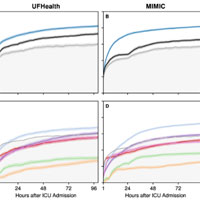
DeepSOFA: A Continuous Acuity Score for Critically Ill Patients using Clinically Interpretable Deep Learning
Traditional methods for assessing illness severity and predicting in-hospital mortality among critically ill patients require time-consuming, error-prone calculations using static variable thresholds. These methods do not... read more

Assessment of the Safety of Discharging Select Patients Directly Home From the ICU
The discharge of select adult patients directly home from the ICU is common, and it is not associated with increased health care utilization or increased mortality. Among the 6732 patients included in the study, 2826 (42%)... read more

Artificial Intelligence in the ICU
ICU doctors are often required to analyse large volumes of complex, heterogeneous data to make life-critical decisions. Artificial Intelligence (AI), if used effectively, could reduce this burden by transforming data into... read more
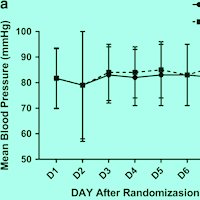
Terlipressin vs. Norepinephrine As Infusion in Patients With Septic Shock
In this multicentre, randomised, double‑blinded trial, we observed no difference in mortality between terlipressin and NE infusion in patients with septic shock. Patients in the terlipressin group had a higher number of... read more
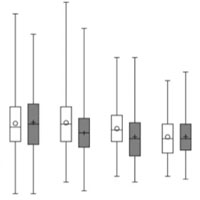
pH-guided Fluid Resuscitation and BICAR-ICU
The use of bicarbonate is a source of eternal disagreement. Bicarbonate has a shameful history of being abused in situations where it's unhelpful (e.g. cardiac arrest). This has impugned its reputation, giving it an aura... read more

Lies, Damned Lies, and Sepsis Bundles
The Surviving Sepsis Campaign recently released an update to the bundles of care it recommends for "sepsis" patients. You may have heard of the three-hour bundle, which essentially means that you do a bunch of stuff (lactate,... read more
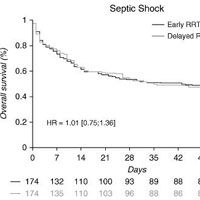
Timing of Renal Support and Outcome of Septic Shock and ARDS
Early RRT initiation strategy was not associated with any improvement of 60-day mortality in patients with severe acute kidney injury and septic shock or Acute Respiratory Distress Syndrome (ARDS). Unnecessary and potentially... read more

Association of the Quick Sequential (Sepsis-Related) Organ Failure Assessment (qSOFA) Score With Excess Hospital Mortality in Adults With Suspected Infection in Low- and Middle-Income Countries
In this retrospective secondary analysis of 9 diverse LMIC cohorts that included 6569 hospitalized adults with suspected infection, a qSOFA score greater than or equal to 2 was significantly associated with increased likelihood... read more
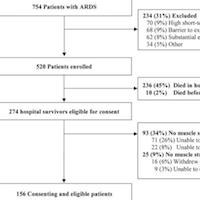
Muscle Weakness and 5-Year Survival in ARDS Survivors
At hospital discharge, >1/3 of Acute Respiratory Distress Syndrome (ARDS) survivors had muscle weakness. Greater strength at discharge and throughout follow-up was associated with improved 5-year survival. In patients with... read more

Assessment of Clinical Criteria for Sepsis
The Third International Consensus Definitions Task Force defined sepsis as "life-threatening organ dysfunction due to a dysregulated host response to infection." The performance of clinical criteria for this sepsis definition... read more
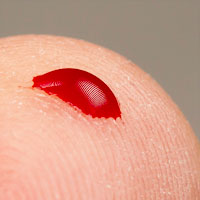
Diagnosis of Sepsis from a Drop of Blood by Measurement of Spontaneous Neutrophil Motility in a Microfluidic Assay
Current methods for the diagnosis of sepsis have insufficient precision, causing regular misdiagnoses. Microbiological tests can help to diagnose sepsis, but are usually too slow to have an impact on timely clinical decision-making.... read more

Data Analysis Shows ICU Scores Accurate in Predicting Risk of Death
Using clinical data from more than 200 hospital intensive care units, Philips Healthcare has shown that three ICU risk scores—designed for different purposes—performed well as a marker of severity of illness at admission... read more
Comparison of European ICU patients in 2012 (ICON) versus 2002 (SOAP)
Over the 10‑year period between 2002 and 2012, the proportion of patients with sepsis admitted to European ICUs remained relatively stable, but the severity of disease increased. In multilevel analysis, the odds of ICU... read more








